How to breastfeed using baby-led attachment
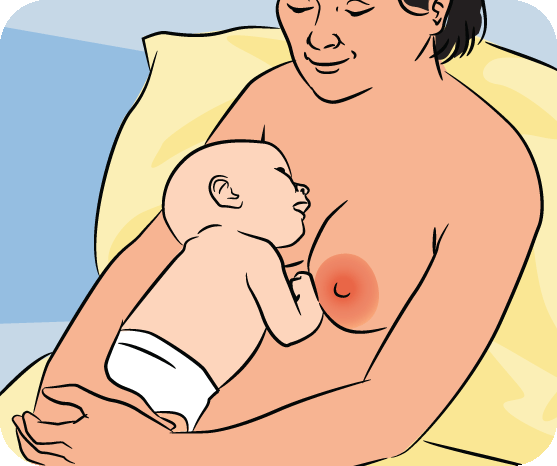
Baby-led attachment is when you let your baby attach to your breast on their own. Lie your baby between your breasts, skin to skin, supported by your arms. Lean back so your baby can lie on your chest without support. If your baby is upset, let your baby suck your finger to calm down.
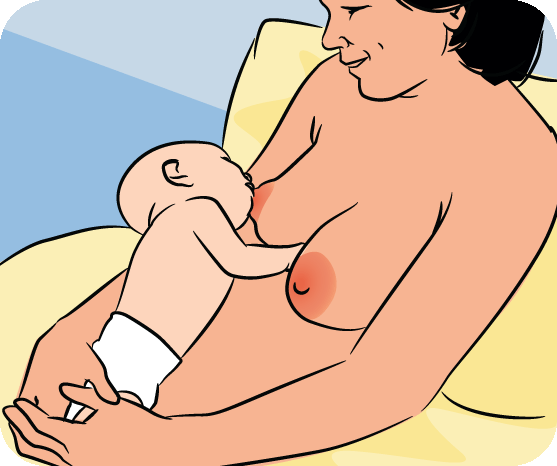
Let your baby move towards your nipple. Help if your baby needs it. Your baby can lie at an angle down your body. If you’ve had a caesarean, encourage your baby to move their legs and body to one side of you.
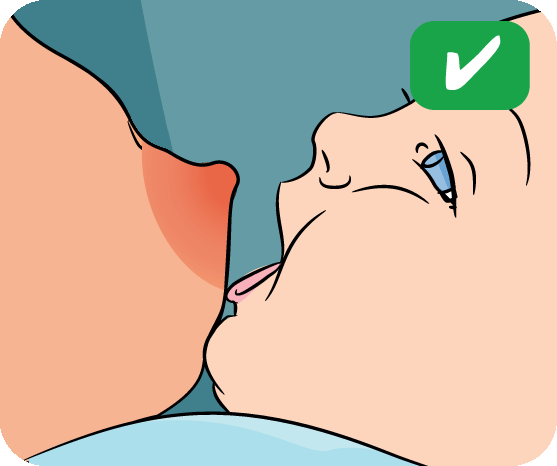
When your baby is just below your nipple, they’ll dig their chin into your breast, reach up with an open mouth and attach to your breast. This might happen very quickly.
How to breastfeed using mother-led attachment
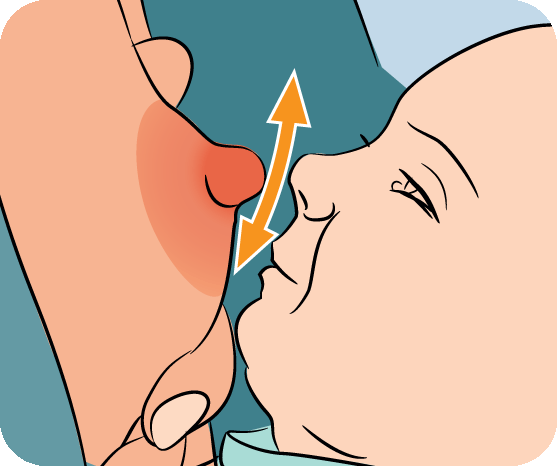
Mother-led attachment is when you put your baby onto your breast. Hold your baby behind their back and shoulders, but leave their head free to move. Turn your baby in so their chest touches your chest. Your baby’s nose should be in line with your nipple. Brush your nipple from your baby’s nose to their lips to get them to open their mouth wide.
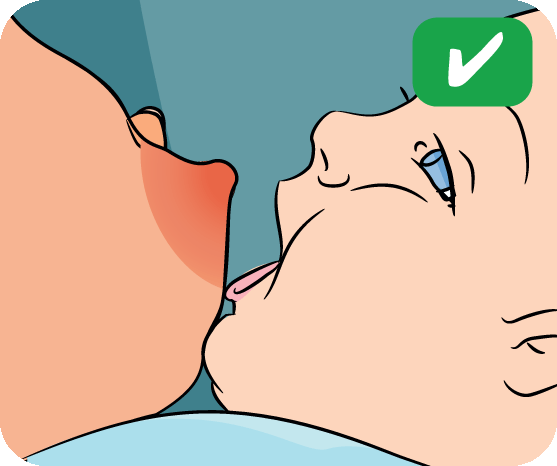
Bring your baby to your breast. Aim your nipple at the roof of your baby’s mouth. When your baby attaches, a large amount of the areola will be in their mouth. You’ll see more areola above your baby’s top lip than below their bottom lip.
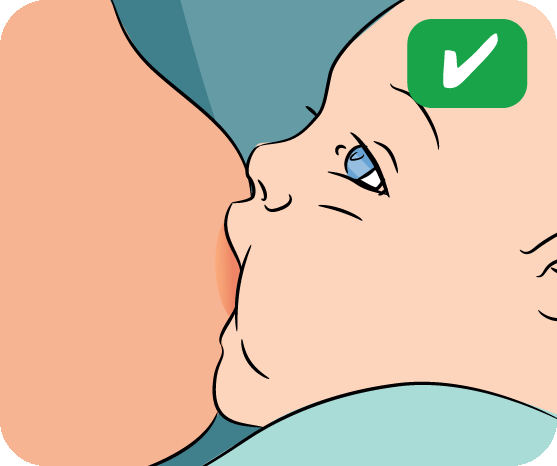
With both baby-led and mother-led attachment, your baby is attached correctly when their chin is pressed into your breast and their nose is clear. Their bottom lip is turned outwards, their cheeks are rounded, and they have a good mouthful of breast. Your baby will suck quickly at the start and change to longer, rhythmic sucks.
Poor attachment and burping
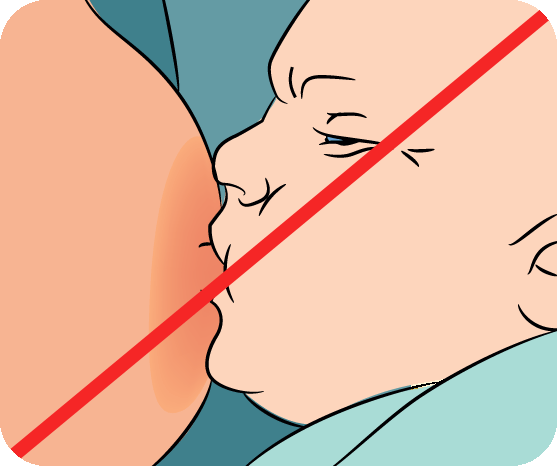
When your baby isn’t correctly attached and just sucks the nipple, feeding is painful, your nipples can get damaged, and your baby won’t be able to get enough milk.
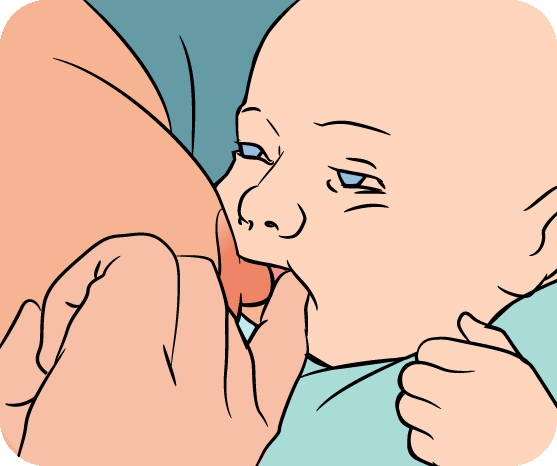
If your baby isn’t attached correctly, stop. Break the suction by inserting your little finger into the corner of your baby’s mouth, between the gums. Gently take your baby off the breast.
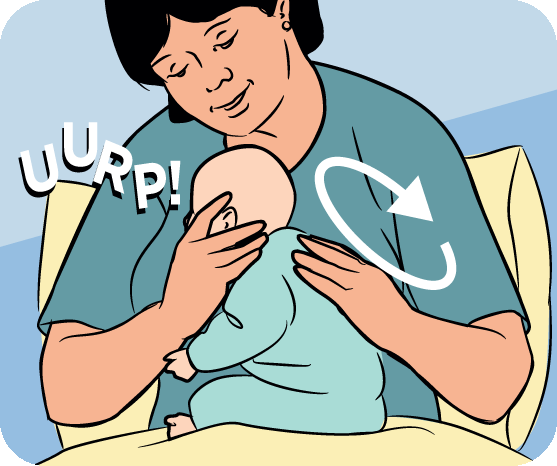
Your baby might sometimes need to burp after feeding from each breast. Sit your baby up or hold them to your shoulder. Gently rub your baby’s back.